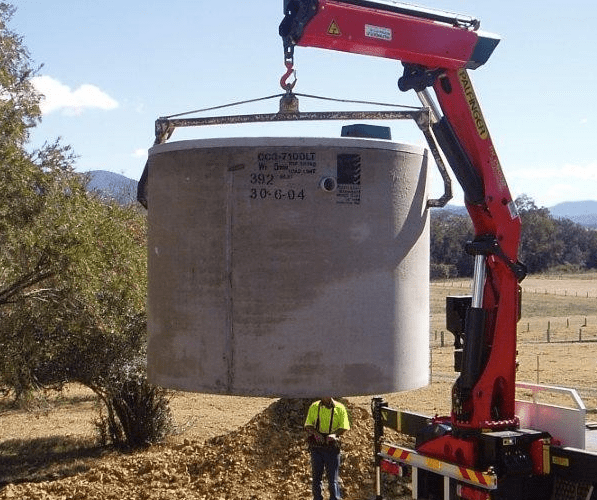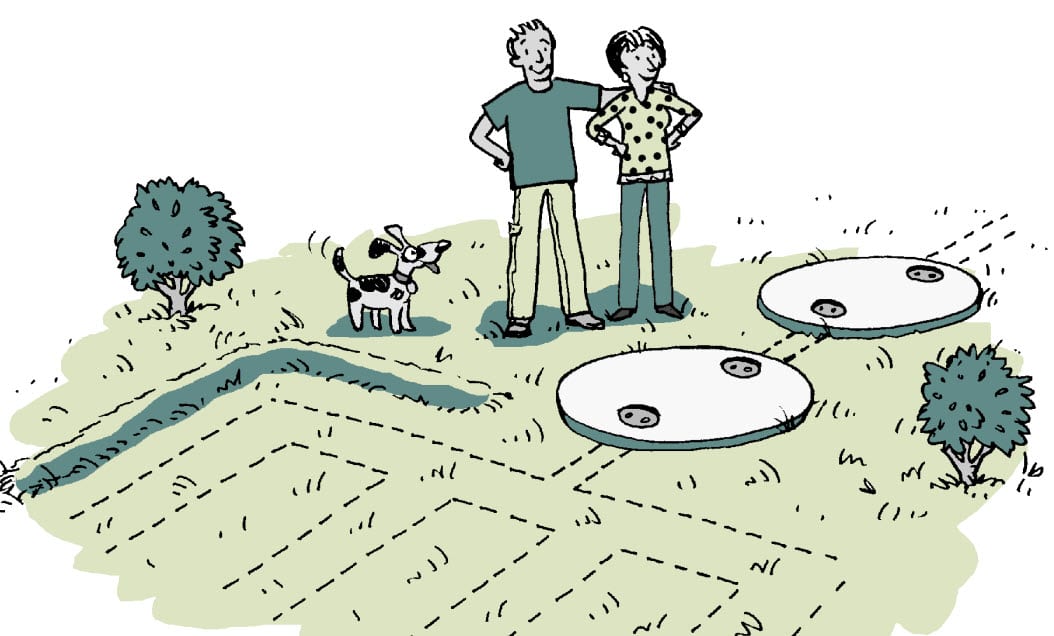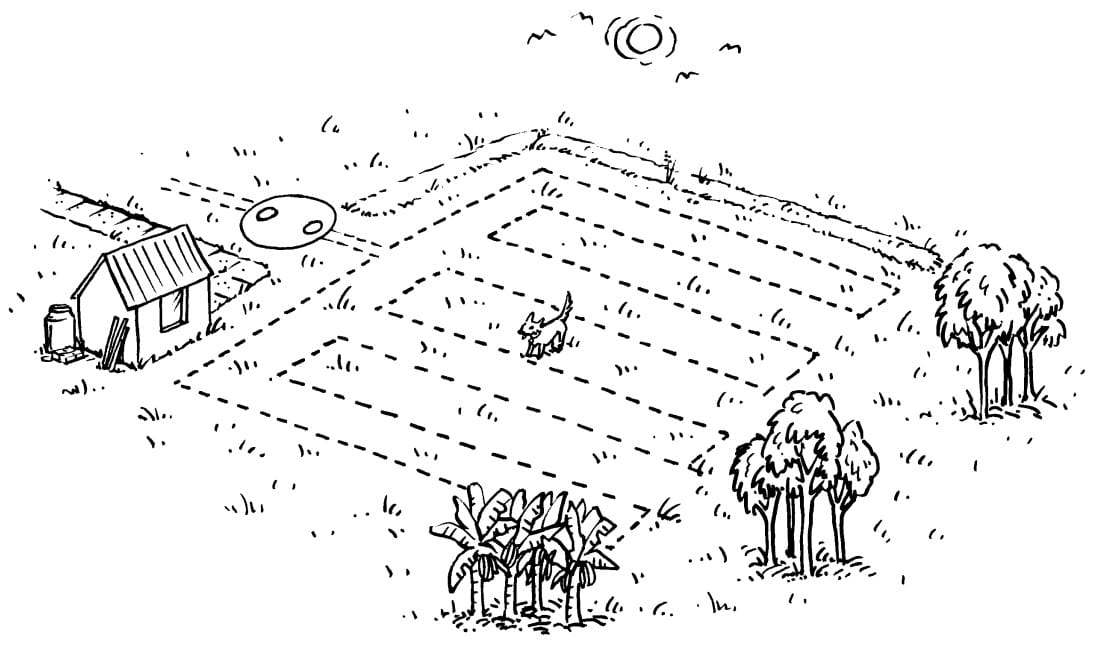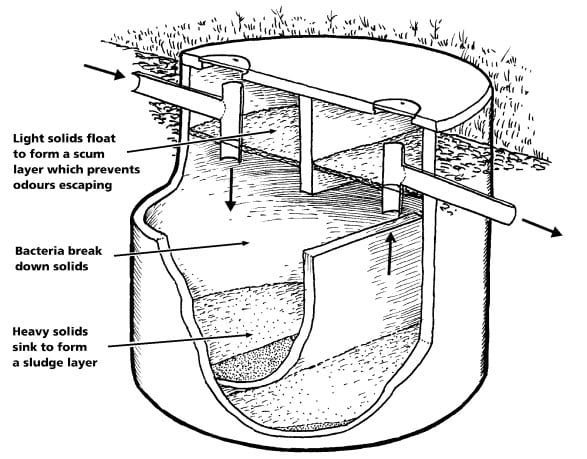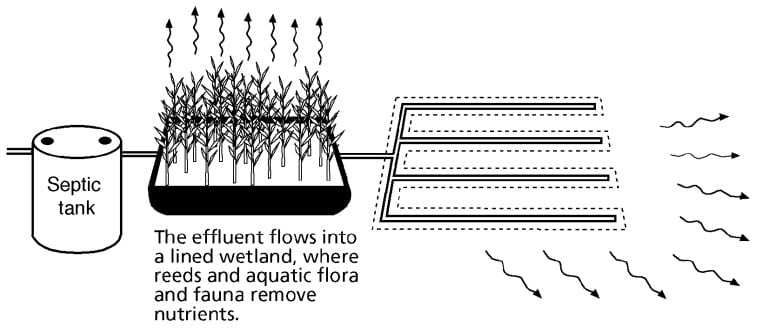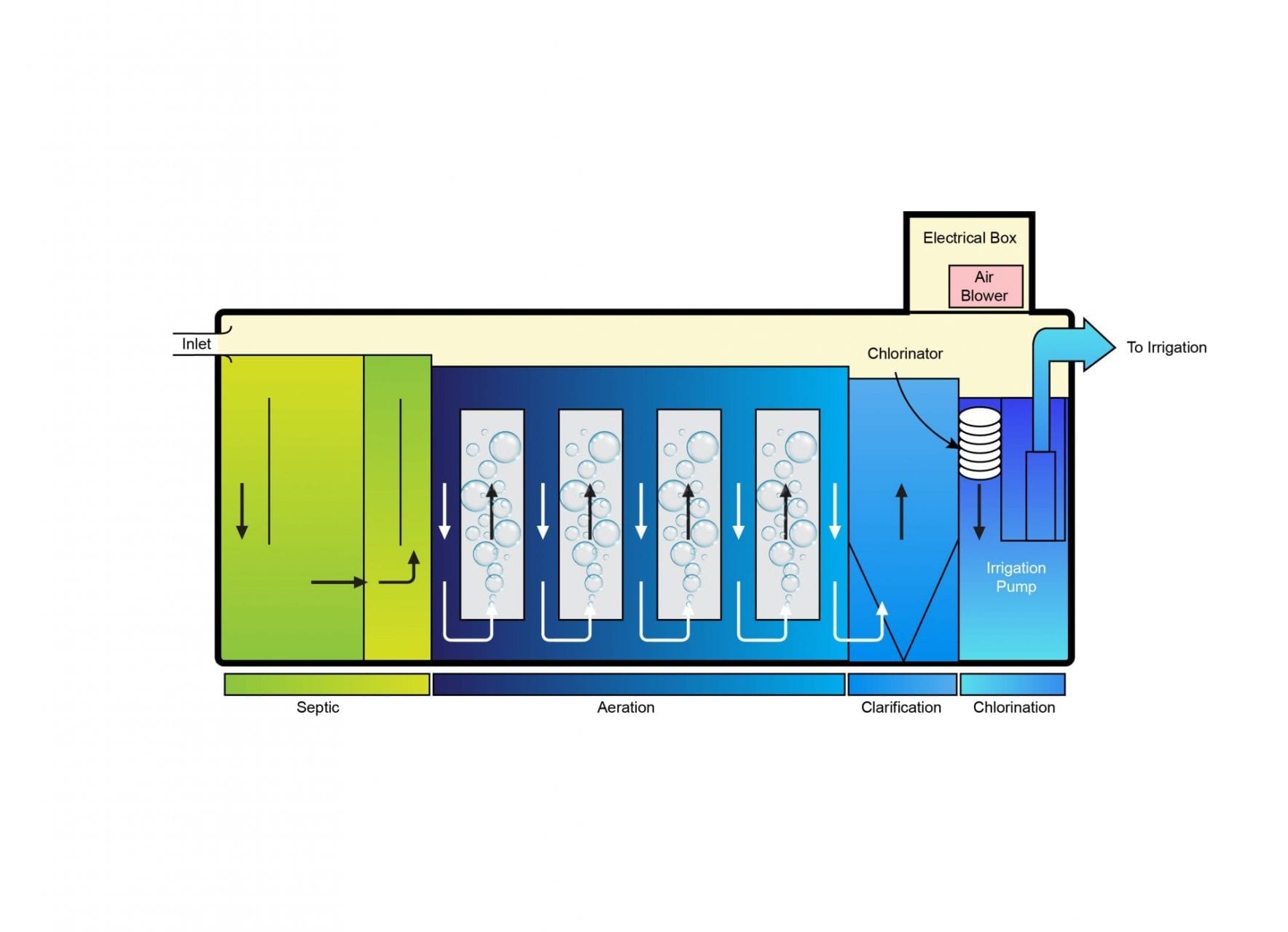Your septic tank is a living ecosystem where bacteria digest waste.
Like any live system, it can become sick if flooded, poisoned with chemicals, or not looked after.
Use this septic system maintenance guide to keep your wastewater system in tip-top shape. Alternatively, if you’re after someone to service your AWTS, STS, Absorption Trench or Septic Tank we are experts at repairs and maintenance of these wastewater systems. We service Newcastle, Maitland, Hunter Valley, Central Coast and Sydney.
Ok assuming you want to do it yourself, first of all, you’ll want to ensure that your septic is healthy. Your septic may need attention if any of these conditions occur;
SEPTIC HEALTH CHECKLIST:
- The air around it smells – usually like rotten egg gas.
- The ground is damp or soggy, or pools form downhill.
- There’s lots of dark green grass growing on or around the absorption area.
- The toilet or drains are slow to clear or keep backing up.
- Many weeds are growing downhill from the absorption area, in nearby drainage channels or on the banks of a nearby waterway.
- The septic tank has not been checked for over 12 months.
- The septic tank has not been pumped out (de-sludged) in the past 3-5 years (this is the most common cause of problems – get it pumped!).
If any of these factors apply, you should act quickly so that the damage and the cost of repair do not worsen.
The DO-IT-YOURSELF ONCE-A-YEAR 20-minute Septic Checkup
1.) Carefully open the inspection cover – you may need a heavy screwdriver – and then stand clear for a while. Keep naked flames well away. Check the fluid level near the outlet; use a torch if necessary. Fluid should be no higher than the outlet pipe at the wall of the tank (there should only be floating ‘scum’ above this level – see the septic tank diagram in our blog Septic Tank Buying Guide). Warning – Wear protective gloves and wash hands.
2.) If you have an effluent filter, check it is working.
Action: If it’s clogged – rinse it clean with a hose, so the drainage goes back into the septic tank. If it doesn’t clean up, replace the filter cartridge. Warning – Wear protective gloves and wash hands.
3.) If you have absorption trenches, check the area carefully. It should not be soggy, should not smell and should not have prolific grass growth. Grass should be kept well mown and clippings removed.
Action: If it’s soggy, smells or is overgrown with dense grass, there may be too much water flowing into your septic, or the trenches may be exhausted. You should call a plumber or septic system specialist.
4.) Check all drains and toilets in the house are working properly.
Action: If drains and toilets are slow to empty, the pipes may be blocked, the septic system may be full, or the trenches may be clogged or exhausted. You should call a plumber or septic system specialist.
If you are unsure, it’s best to consult a wastewater maintenance specialist.
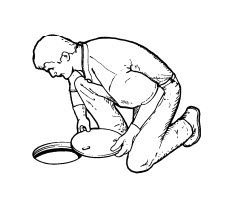
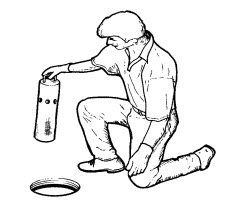
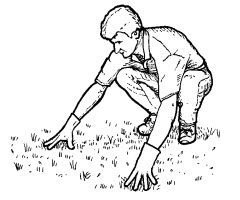
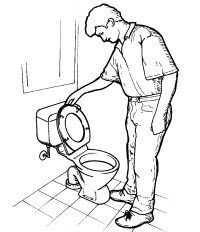
COMMON CAUSES OF SEPTIC SYSTEM PROBLEMS
Tank too full

If you have a septic tank and absorption trench, the level in the tank should not be higher than the outlet. If you have a pump-out system, the tank should be no more than 2/3 full.
Solution: See next section, Pumping out.
Too much sludge and scum in the tank
Septic tanks work by retaining solid scum and sludge and letting liquid effluent flow out to the trenches. The solids don’t move out of the tank. They just stay behind and build up. Suppose you don’t have the tank pumped out (de-sludged) regularly. In that case, it will eventually fail, and untreated wastewater with heavy solids contamination will flow out of the tank, clogging pipes and the absorption trenches. It would be best if you had your tank pumped every 3 to 5 years.
Solution: See next section, De-sludging.
Too much water going into the system
This causes the effluent to flow too quickly through the tank before the bacteria have a chance to work. As a result, solids can be pushed through the system, polluting the holding tank or clogging the absorption trenches.
Solution: Use less water. Homes on tank water are already used to conserving water, but in homes connected to reticulated water, there is much more temptation to overuse water. See How to maintain a healthy system for tips on reducing water use.

Toxic chemicals going into the system
Chemicals like solvents, oils, paints, disinfectants, pesticides, household cleaning products and bleaches can kill the helpful bacteria in your septic system. This may ‘kill’ the system and stop it from digesting effluent.
Solution: Switch to natural cleaners if possible, and use smaller amounts.

SHOPPING TIP – use low-phosphorus detergents
Changing washing powders can make a difference to the amount of phosphorus entering rivers from on-site systems. Using phosphorus-free detergents can mean less phosphorus in the waterways, which means less risk of fish kills and toxic algal blooms. Septic systems don’t work well if too much phosphorus is going into the system. Always look for low-phosphorus or phosphorus-free detergents.
IF YOU HAVE A PUMP-OUT SYSTEM
Pumping out (about every two weeks)
If your system is smelly or the toilet is backing up, this is often a sign that the tank is overdue for a pump-out. Generally speaking, the tank needs pumping if it is more than two-thirds full of liquid effluent. You can check how full it is by using a torch.
Generally, a pump-out septic system in full-time use should be:
• Pumped out every 1-2 weeks (depending on the number of people)
• Inspected every 1-2 years.
How often you pump out depends on how large the tank is and how many people use the system. Check with your council for guidelines. You can check how full the tank is by lifting the inspection port or lid on top of the tank. All pump-out systems should be fitted with a dipstick (copper pipe with a “+” on the end) in the collection well. The dipstick should be marked with a “full” level marking that says it’s ready for a pump-out.
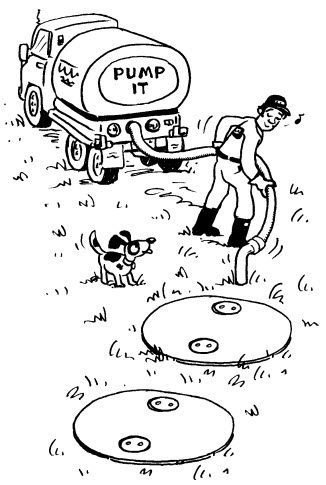
IF YOU HAVE ABSORPTION TRENCHES
De-sludging (every 3 to 5 years)
You need to have sludge and grease removed from your septic tank regularly. Septic tanks need ‘de-sludging every 3-5 years; otherwise, these solids build up and reduce the working volume. When this happens, the wastewater has less time to settle and solids flow into the absorption trench and clog it up, drastically shortening the trench’s life and requiring costly repairs.
Newly pumped-out septic tanks should be filled with clean water and a handful of lime to reduce odours and encourage helpful bacteria. The other place to check if your septic system isn’t working correctly is around the absorption trench. The absorption trench is where the effluent flows after it leaves the tank. An archway or perforated pipe is laid in a gravel trench and covered with soil. Effluent seeps through the archway or pipe and is absorbed by the soil. Soil processes further treat the effluent, reducing pollutants and pathogens.
Don’t wait until the trench starts to fail before having your tank pumped. With septic systems, an ounce of prevention is worth a ton of cure!

Clogged trenches are a common cause of septic system problems. Trenches fail when they get blocked, and effluent is unable to evaporate or drain away.
You can tell if the trench has failed because the area will be soggy, smelly and covered with dense grass.
Absorption trenches should last for 15-25 years, but if they are not well built and maintained correctly, the trench life can be reduced to as little as two years.
How to keep your absorption trench working well
What can you do to fix a failed trench? It’s best to contact your council or consult a septic system specialist (find them in the Yellow Pages).
In the meantime, there are some simple DOs and DON’Ts to help keep your absorption trench working well.
Trench DOs
- Do proper soil tests to determine the type of absorption system to use and how large it should be.
- Plant small trees or shrubs down-slope and away from your trench system to help absorb effluent. Use water-loving and shallow-rooted plants, such as tropical palms, banana palms, poplars, paperbark trees and wetland plants.
- Consider installing a dual trench system to rest trenches and soil areas alternately. They will perform better and last much longer. Dual disposal areas should be swapped over every 12 months or so.
- Build a small earth bund wall (a small ridge) about 15 cm high that is longer than and uphill from the trench area to divert surface runoff water around it, reducing the load on your trench in wet weather.

This is a well-maintained absorption area.
Trench DON’Ts
- Do not drive over or disturb the stormwater diversion contour mounds.
- Do not build structures on the absorption trench or plant trees that will shade it. The area should be in full sun to help plant growth, evaporation and pathogen breakdown. Small trees should be planted at least 5m away, and large trees should be over 20m away; if not, the roots will harm the trench.
- Do not flood the disposal area with sprinklers or hoses.
- Do not drive cars on the trench area or graze animals there. Any heavy movement may break the pipework or the dome cover and will compress the soil. A small fence will let visitors know which areas to avoid.
- Do not cover the absorption trench area with concrete, pavers, etc.
- Do not store loads of soil or other materials on your absorption trench area.
- Do not place extra topsoil on top of your trench to ‘soak up’ overflowing effluent. If the trench area is soggy or water is pooling over the trench, it’s best to call a plumber and have it checked.
- Do not let children play in the absorption trench area.
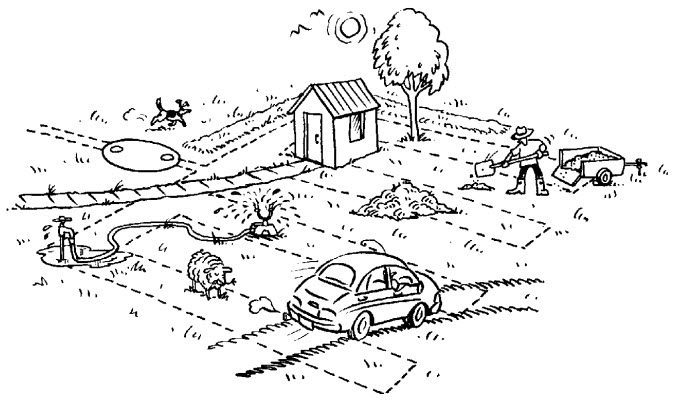
Don’t treat your absorption area like this.
Effluent irrigation systems: Do’s
Irrigation systems are susceptible to blockage and require regular maintenance service. Ideally, small effluent irrigation systems should use fixed distribution lines buried to a depth of 100mm or more with high-quality drip emitters.
Septic specialists should be employed to design and install an effluent irrigation system. If you move into a house with an irrigation system, get expert advice on maintenance.
The plants that are being watered by your subsurface irrigation system must tolerate high amounts of water and nutrients. Seek advice from a horticulturalist or landscape gardener when choosing plants for your irrigation area. The effluent irrigation area should be clearly signposted to alert visitors that recycled effluent is being discharged. The area should be protected by a low (15cm) bund wall all around to minimise surface water run-on and run-off. Check out our article on What Plants Can You Plant Around A Septic System for more info.
Read the Do’s and Don’ts for absorption trench areas – most apply to irrigation.
Stay safe!
Don’t attempt to repair a septic system yourself – get an experienced septic maintenance contractor.
If you are checking your septic system, REMEMBER:
- Sewage contains germs that can cause disease.
- Septic tanks contain toxic and explosive gases.
- Never enter a septic tank and avoid breathing fumes.
- Never smoke or use naked flames near an open septic tank.
- Be sure the area is well ventilated; allow some time for gases to clear.
- Be sure someone is watching you and can call for assistance if necessary.
- Switch off the power – electrical controls are a shock and spark hazard.
- When done, secure the septic tank lid so that children cannot open it.
To help maintain the health of your septic system, it’s an excellent idea to speak with an industry professional.
Garden Master has been recognised as an industry leader for over 30 years, manufacturing, supplying and servicing quality wastewater treatment systems and septic tanks for thousands of clients across Australia.
Don’t hesitate to call us on 1800 632 582 with any questions!
Resources:
NSW Department of Local Government. 2000. The Easy Septic Guide. Developed by Social Change Media for the New South Wales Department of Local Government.



